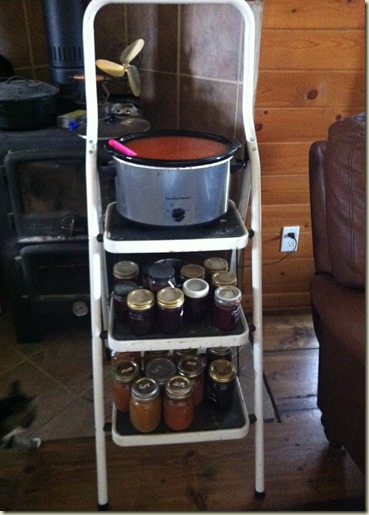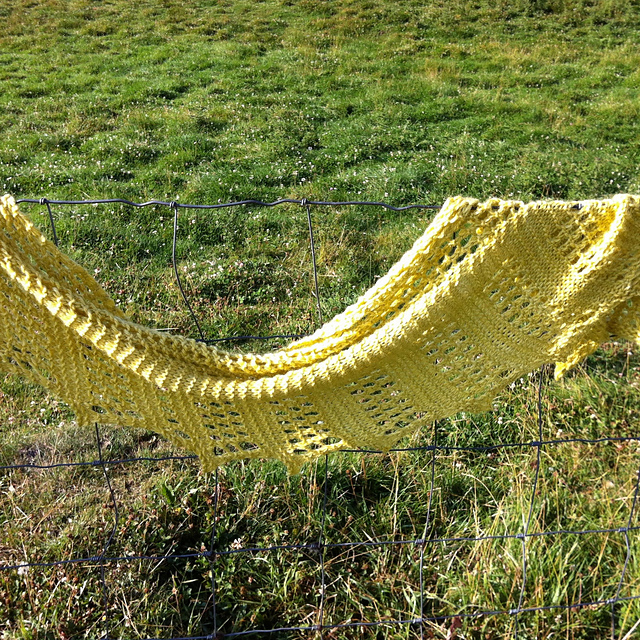I’ve had a few realizations lately: one big one being that my constant worry over whether or not I have “done enough” is actually a (really ineffective) strategy for seeking safety. See, if I can just do enough, I tell myself, then I nobody will be angry with me, then I can be sure it will be safe. So I push and push and push myself, trying hard to do as much as I possibly can, and then I exhaust myself, and get resentful and angry and tired, and of course, my attitude annoys everyone who runs into me. And then I say, “See? they are mad! I didn’t do enough! Dammit, I gotta try harder!” It’s one of those self-perpetuating, self-defeating coping strategies that makes perfect sense to a PTSD brain.
Anyway, I’m working on that one.
One of the ways of approaching the issue was to take a good factual look at what I really do each week. I spend a lot of time telling myself I am lazy, that I hardly get a thing done, things are always a mess (that much is true, actually, no matter how hard I try, the housework always leaves a bit to be desired: a combination of a very large house, multiple pets, a farm, and a low-energy-dislikes-housework-in-general cleaning person). But you know, let’s get some hard evidence before we go off making assumptions.
I do have training in the sciences, so I know how to do observations and document what I find. Here is what I discovered:
Monday to Saturday I have chores that show up on a list on my phone: it rotates through different tasks so that everything gets done, for instance, Monday it’s do the north bathroom and the floors in the north wing, Tuesday it’s bathroom and floors in south wing. Plus things like changing sheets (one room one day, another room another day, so it gets spread out), scrubbing down the kitchen properly (white cupboard doors get nasty in very short order), getting hand prints off the walls, that kind of stuff. That work takes about 30 to 40 minutes per day (though it’s gonna go down when my robot gets here! :D).
Then there’s meals: when everyone is here (so half the time) that is taking from 2-4 hours per day! This morning, I got up at 10, had about an hour of housework stuff to do as I was away yesterday and had to catch up, then it was time to make muffins for lunch and get the table set and unload the dishwasher so I could clean up my mess and then eat and then clean up again … and by the time that was all done, it was 12:30. Feeding lunch to all five of us took … an hour and a half. Because of course there was kitchen cleanup in the midst of all that. Dinner today: I went the easy route and did pizza, but again, with all the things I do while it’s in the breadmaker/oven, that was from 4-5:30. When it’s just The Boy and I here (half the time, due to The Reluctant Farmer’s work schedule), it’s considerably less, but still, the 2 hours per day average for meal stuff is probably valid. (It includes me sitting down to eat, as well, but it’s “allocated” time, regardless).
I should do my three pages in my journal every day as well - that takes about half an hour too. My mental health is notably better when I write every day, so this is important to schedule in.
Then chores: in the winter, farm chores are about an hour a day (hopefully less if the new feeders work as I hope), in summer, maybe 15 minutes. But then there is the intermittent outside work, or bigger inside projects, so … call it 30 minutes per day average throughout the year.
So, what’re we at now, 3.5 hours a day? Yeah, approximately. Anywhere from three to five hours per day on just household and farm ‘treading water’. Six days a week, so that’s a minimum of 21 hours. Sundays I still do meal prep and some other things, but I do try to take that day off as much as possible. Since some of the days during the week probably aren’t a full three and a half hours, let’s just say it’s 21 hours per week.
Guess what that amounts to?
That’s a half time job, right there.
I am up and moving by 10 just about every day (I wake up sooner, but I have to lie in bed for awhile and get up slowly, anything else is too hard on my system at this stage of my healing), and we eat around 5-6 pm. So, 10 am - 6 pm is 8 hours: a standard full work day. Three and a half of those hours are allocated to household management and maintenance stuff and mental health maintenance work. That leaves four and a half for other things: working on the shop, weaving, writing, whatever.
And then evenings - when I really do need to be relaxing (right now I’m spending my evenings knitting small things for sale at the craft show in October, which is quite fun - small projects are so rewarding, they get done so fast!).
So what’d I learn from all this?
One, that I’m doing more than I thought I was. Yes, maybe someone else could get all this done faster or more efficiently … but given my current state of health, working fully half time is impressive. Because on top of that half time job I’m also managing Flannelberry Creek, keeping up with my writing, and doing weaving and knitting and dyeing for sale.
So, yay me.
Second, I learned that I have only got about three or four hours in a day that can be allocated to those other jobs of mine - I can arrange it so that I have more time, by planning and having quick and easy meals, for instance, or doing some of the housework a day early, but generally speaking, I shouldn’t try to book more than three hours. Then I’ll have buffer time.
Third, I learned that I can be done by suppertime and know I have, in fact, done a FULL DAY OF WORK and it is okay for me to sit down and rest. This is a big thing for me, as I never feel like I have done enough to justify sitting still and resting. I should do more. I should do more so nobody gets mad.
Right. I am already safe. I did do a good day’s work. I can sit. Right.
Now, I’ll have to see how I handle it when I maintain this pace for a few months: I’m going to keep tracking it for a while and see how things go - my husband says he can tell much sooner than I can when I’m “not coping”, so his information can shorten my feedback cycle. Still, this is a long-range experiment, not a quick “try it for a day or two and see” … more like “live this way for a few months and see”.
But, anyway, it was very educational to actually MONITOR what I was doing for a week. I highly recommend this to anyone else who, like me, feels like they’ve gotten nothing done. :)
You might just surprise yourself!
















